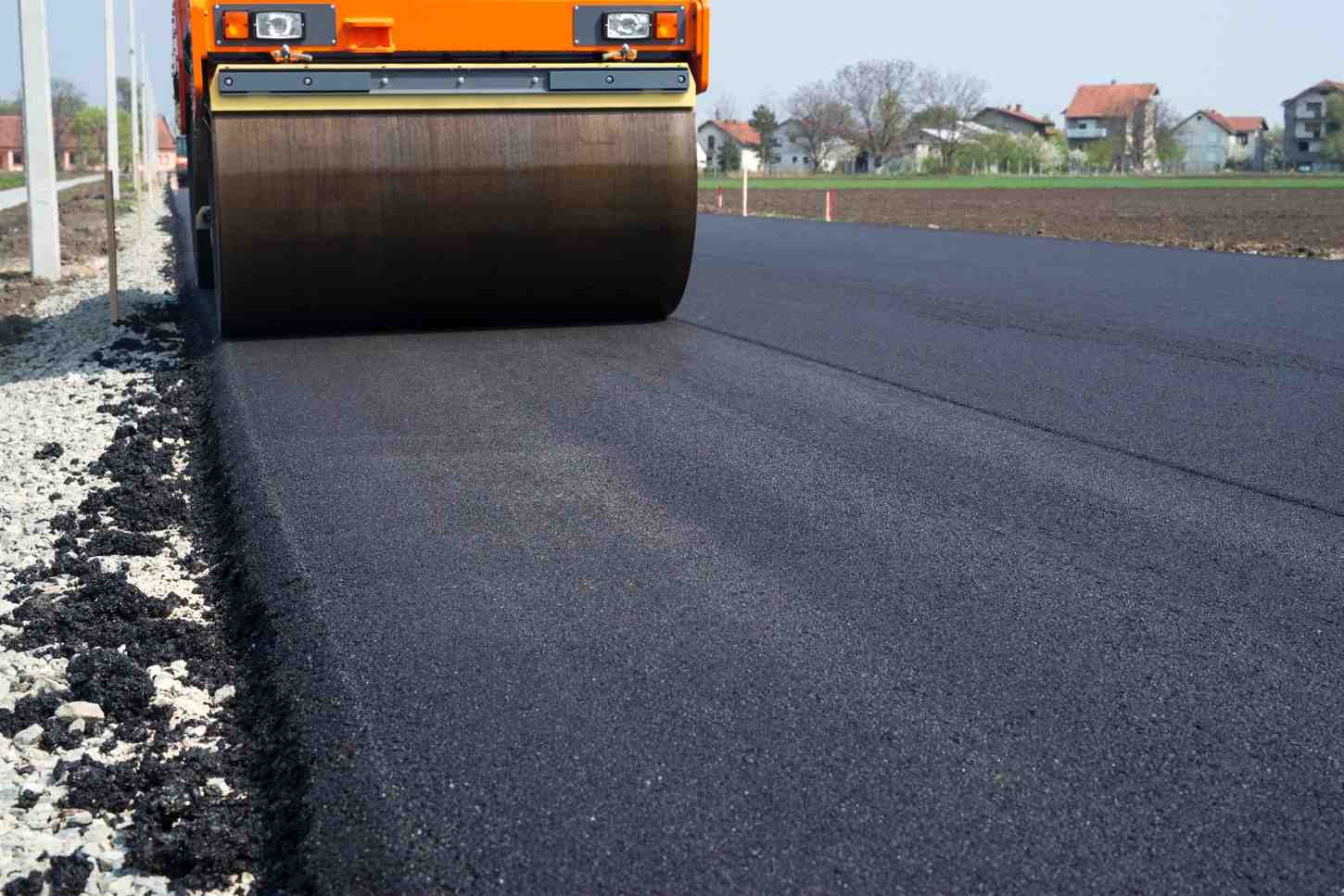Concrete has been the backbone of modern infrastructure for centuries. From ancient Roman aqueducts to today’s towering skyscrapers, its versatility, durability, and availability have made it the most widely used construction material in the world. However, as the demands on concrete have evolved—with projects requiring higher strength, faster construction timelines, greater durability, and environmental sustainability—there has been a need to enhance concrete properties beyond what is possible with traditional cement, sand, aggregate, and water mixtures. This is where chemical admixtures come into play.
Among these, third-generation (3G) admixtures, primarily based on polycarboxylate ether (PCE) superplasticizers, have emerged as the most advanced and effective innovations in concrete technology. They represent a significant leap forward compared to first-generation (lignosulfonates) and second-generation (naphthalene- and melamine-based) admixtures. The benefits of 3G admixtures extend across workability, strength, durability, sustainability, and cost-effectiveness, making them essential in modern construction.
This essay provides a comprehensive discussion of the benefits of 3G admixtures, illustrating how they have transformed the way concrete is designed, mixed, transported, placed, and performs over time.
1. Enhanced Workability and Flowability
One of the most important benefits of 3G admixtures is their ability to provide superior workability without increasing the water content. Concrete must be workable enough for easy placement, compaction, and finishing, especially in complex structural elements such as heavily reinforced beams or slender columns.
Traditional admixtures often required high dosages to achieve moderate workability, leading to problems like excessive bleeding, segregation, or loss of strength. In contrast, 3G admixtures use advanced polymer technology to disperse cement particles more effectively. Polycarboxylate molecules are designed with a comb-like structure—where the main backbone attaches to cement particles while side chains create steric hindrance, preventing re-agglomeration.
The result is:
- Concrete with a higher slump and excellent flowability at low water-to-cement ratios.
- Improved self-consolidating concrete (SCC), which flows under its own weight and eliminates the need for vibration.
- Better placement in complex formwork or highly congested reinforcement zones.
This enhanced workability directly translates to faster construction, reduced labor, and improved surface finishes.
2. Water Reduction and Strength Gain
Another major benefit of 3G admixtures is their ability to achieve very high water reduction, often between 30–40%. Lowering the water-to-cement ratio (w/c) is the most effective way to increase the strength of concrete. With 3G admixtures:
- Concrete can achieve higher compressive strength without additional cement.
- High-performance concrete (HPC) and ultra-high-performance concrete (UHPC) can be produced for demanding applications such as bridges, skyscrapers, and tunnels.
- Early-age strength development is accelerated, allowing faster formwork removal and shorter construction cycles.
For example, using PCE-based admixtures, concrete designed with a w/c ratio of 0.25–0.30 can still achieve excellent workability while reaching compressive strengths exceeding 80–100 MPa.
This strength advantage not only improves structural performance but also reduces the volume of concrete required in certain applications, leading to material savings.
3. Extended Workability Retention
One drawback of earlier generations of admixtures was their short slump retention. Concrete often began to stiffen within 30–60 minutes, which created difficulties during transportation, pumping, and placing, especially in hot climates or large projects.
3G admixtures address this by offering tailored slump retention for several hours without compromising strength. Manufacturers can design formulations with delayed hydration control, ensuring that the concrete remains workable until placement is completed.
Benefits include:
- Reliable pumping over long distances in infrastructure projects like tunnels, metro lines, or bridges.
- Reduced risk of cold joints and honeycombing due to loss of workability.
- Flexibility in scheduling, reducing waste from rejected loads.
This property is particularly valuable in ready-mix concrete operations, where transit times can vary.
4. Improved Durability and Service Life
Durability is a critical factor in determining the long-term performance of concrete structures. 3G admixtures improve durability in several ways:
- Lower Permeability: By enabling low w/c ratios, they reduce the porosity of concrete, making it less susceptible to ingress of harmful agents like chlorides, sulfates, and carbon dioxide.
- Enhanced Resistance to Aggressive Environments: Structures exposed to marine conditions, de-icing salts, or industrial pollutants benefit from the dense microstructure achieved with 3G admixtures.
- Improved Freeze-Thaw Resistance: Reduced water content minimizes internal cracking from freeze-thaw cycles.
- Alkali-Silica Reaction (ASR) Mitigation: Better dispersion of cementitious materials helps limit harmful expansive reactions.
As a result, bridges, dams, tunnels, and high-rise buildings constructed with 3G admixtures enjoy extended service lives and require lower maintenance costs, which is a critical factor in sustainable infrastructure development.
5. Compatibility with Supplementary Cementitious Materials (SCMs)
Sustainability in construction increasingly relies on the use of SCMs such as fly ash, slag, silica fume, and calcined clay. While these materials improve long-term performance, they often reduce early strength and workability.
3G admixtures overcome these drawbacks by improving dispersion and hydration kinetics, making it possible to use higher proportions of SCMs without compromising performance. Benefits include:
- Reduced clinker content, lowering carbon emissions.
- Improved synergy between cement and SCMs, leading to better performance.
- Development of eco-friendly concretes with lower embodied energy.
This compatibility makes 3G admixtures indispensable in the push toward green construction and achieving carbon neutrality targets.
6. Cost Efficiency in Construction
While 3G admixtures may appear more expensive per unit than older generations, they offer significant cost savings when considered across the project lifecycle:
- Reduced Cement Content: High water reduction allows for lower cement dosages while maintaining strength.
- Faster Construction: Improved workability and early strength reduce formwork cycles and labor costs.
- Lower Maintenance Costs: Enhanced durability minimizes repair and rehabilitation expenses.
- Material Optimization: Possibility of thinner sections or longer spans with high-strength concretes reduces material usage.
Overall, the total cost of ownership of structures built with 3G admixtures is significantly lower.
7. Sustainability and Environmental Benefits
Concrete production is responsible for a significant share of global CO₂ emissions, primarily due to cement manufacturing. 3G admixtures contribute to sustainability by:
- Enabling lower cement consumption without compromising performance.
- Facilitating the use of recycled aggregates and SCMs.
- Producing longer-lasting structures, reducing the need for reconstruction and conserving resources.
- Supporting innovations like geopolymer concretes and carbon-cured concretes, where admixtures play a role in optimizing mix designs.
Thus, they align with global sustainability goals and green building certifications such as LEED and BREEAM.
8. Versatility Across Applications
3G admixtures are not limited to one type of project; they are widely used in:
- High-rise buildings requiring high-strength, pumpable concrete.
- Infrastructure projects like bridges, tunnels, and dams.
- Self-consolidating concrete for precast elements.
- Mass concreting works such as foundations, where temperature control is critical.
- Decorative and architectural concretes, where smooth finishes and long workability are desired.
Their adaptability makes them suitable for both conventional and specialized construction needs.
9. Innovation and Future Potential
The molecular design of 3G admixtures continues to evolve. Researchers are working on nanotechnology-based admixtures, smart admixtures with self-healing properties, and formulations tailored for 3D printing of concrete. The adaptability of 3G admixture chemistry means they will remain at the forefront of innovation in construction technology.
Conclusion
The benefits of third-generation admixtures are profound and multifaceted. They have not only improved the fresh and hardened properties of concrete but also transformed the economics, sustainability, and durability of construction projects. With superior workability, higher strength, extended slump retention, enhanced durability, compatibility with SCMs, cost efficiency, and environmental advantages, 3G admixtures represent the pinnacle of concrete admixture technology.
In the future, as the construction industry faces increasing pressure to deliver resilient, sustainable, and cost-effective infrastructure, the role of 3G admixtures will only become more critical. They are not just additives but enablers of modern concrete performance—bridging the gap between traditional materials and the next generation of smart, green, and high-performance construction.


